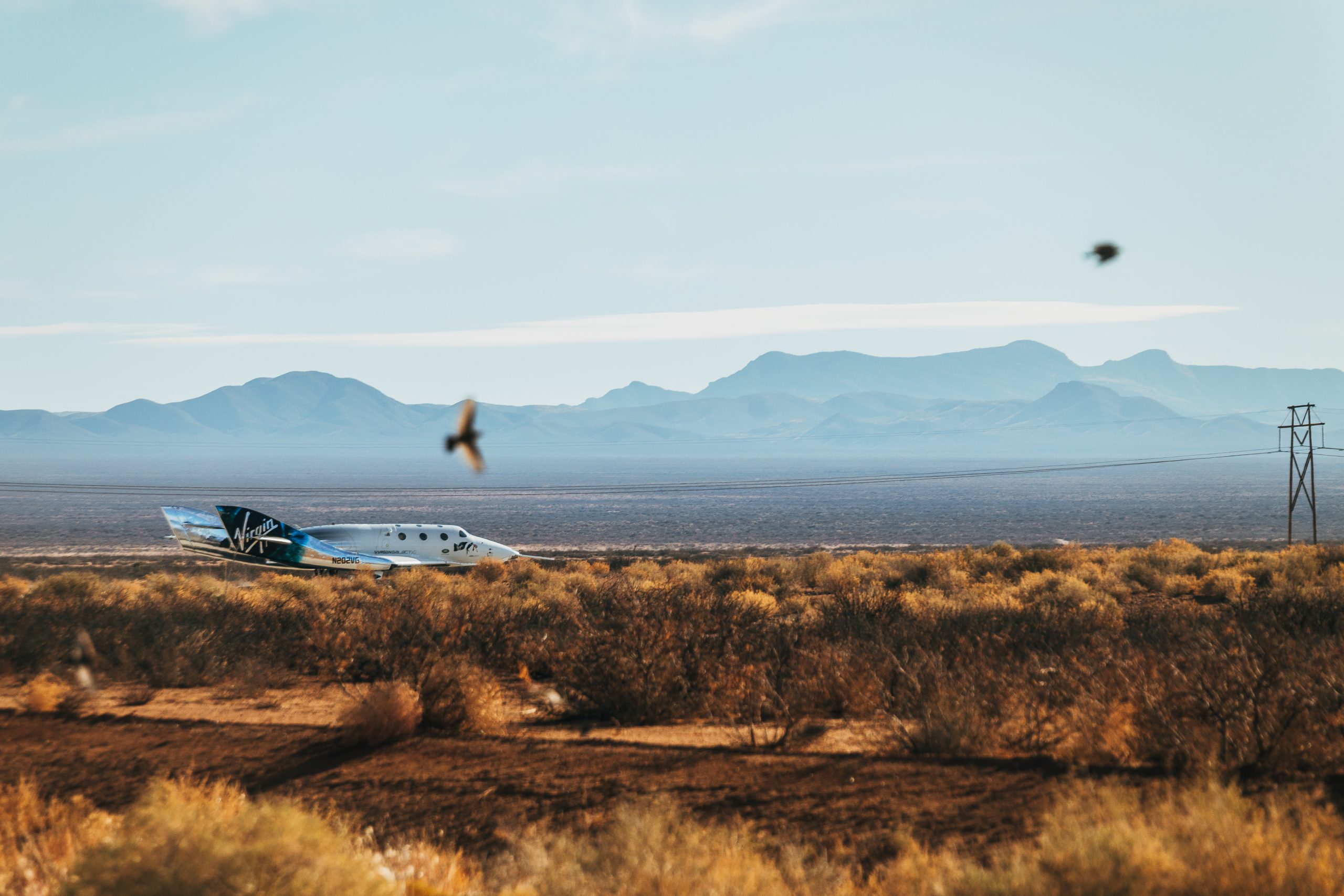On Saturday, nearly two full years after its last powered flight, Virgin Galactic attempted to send its sleek SpaceShipTwo space plane on its third suborbital flight above 80km.
However, shortly after the space plane was released from its carrier aircraft, named White Knight Two, the ignition sequence to light the space plane's motor did not complete. As a result, the rocket motor failed to fire, and the two pilots on board safely glided the vehicle back to a runway in New Mexico rather than soaring above the atmosphere.
This flight came almost exactly two years after the company's first successful suborbital flight in December 2018 and 22 months since its second suborbital flight in February 2019. Since then, Virgin Galactic has been moving its operations from California to New Mexico, modifying the interior of SpaceShipTwo's cabin for passenger flights and promising stockholders it would soon begin commercial flights and increase its cadence of operations.
Prior to Saturday's flight attempt, Virgin Galactic's stock had closed at $32.04 per share. When the New York Stock Exchange opened on Monday, the stock dropped about 15 percent, starting the day at $27.11. It was trading slightly higher following the opening.
The company had sought to allay the fears of investors with a news release issued Monday morning, before the stock market opened. It framed the failure as a validation of the spacecraft's safety engineering and said Virgin Galactic would soon return to the skies.



 Loading comments...
Loading comments...
